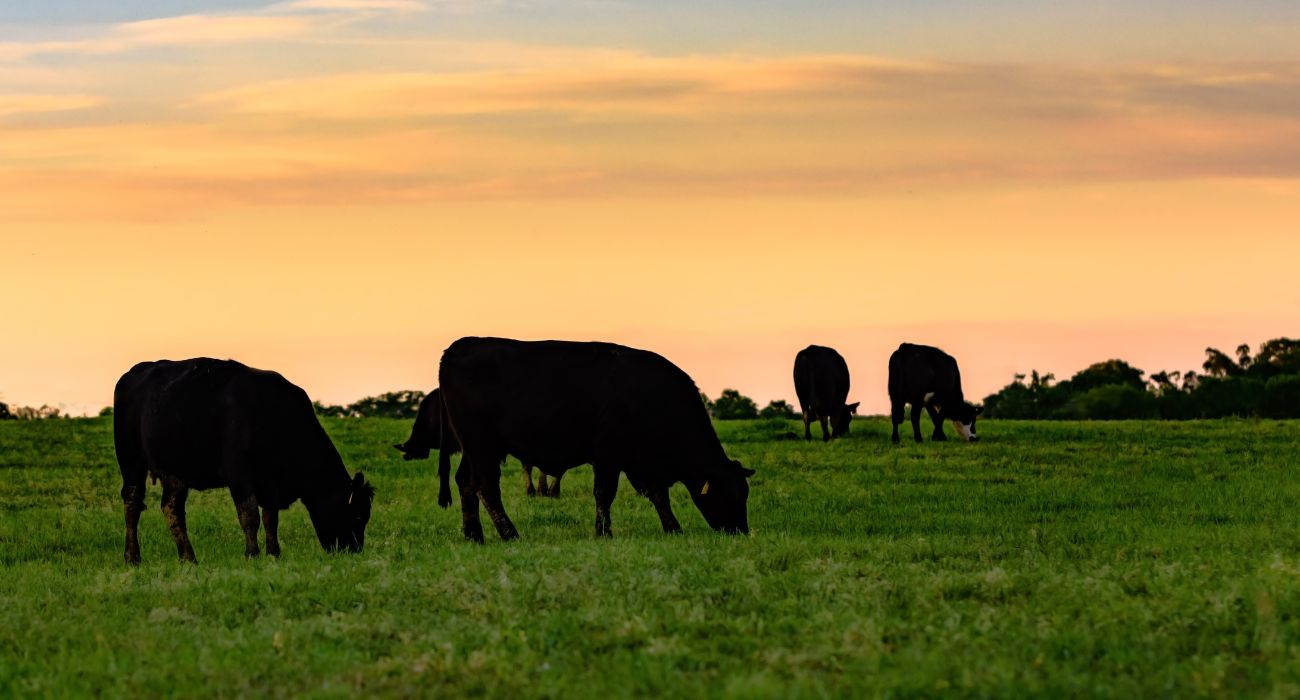Drought is continuing to impact the North Texas area, with such conditions expected to increase the cost of meat.
The oppressive temperatures experienced this summer have come to an end. Still, the National Weather Service (NWS) in Fort Worth predicts that drought conditions will likely persist through the fall season despite the likelihood of more rainfall, as previously reported by The Dallas Express.
Lingering drought conditions have limited yields at local farms. Missy Bonds, whose family owns a farm in Saginaw, told the Fort Worth Report that grass on her land had not recovered since a grass fire earlier in the summer and that the deficit in grass and water would likely mean that they would have to sell some cattle.
“People are at this point — we’re down to kind of just the bare minimum,” said Bonds. “Trying to hold on to what they can.”
David Anderson, a professor of agricultural economics at Texas A&M University, told the FWR that ranchers across the nation are being forced to reduce their herds and that such reductions will ultimately drive up the cost of meat.
“Cows are out on grass and ranges and pasture,” said Anderson, according to FWR. “If it doesn’t rain, you don’t get any grass. And so you can’t have as many cows.”
The U.S. Department of Agriculture’s (USDA) Livestock, Dairy, and Poultry Outlook for September noted that the department expects commercial beef production for 2023 to be 26.941 billion pounds, 40 million less than what was expected last month.
“This is based on a slower expected pace of fed cattle marketing in September that is partially offset by higher expected cow slaughter for the rest of the year,” reads the report.
The department’s outlook on food prices included an expectation of price hikes.
“In 2024, all food prices are predicted to increase 2.2 percent, with a prediction interval of -2.6 to 7.3 percent. Food-at-home prices are predicted to increase 1.6 percent, with a prediction interval of -5.5 to 9.5 percent, and food-away-from-home prices are predicted to increase 4.3 percent, with a prediction interval of 1.9 to 6.8 percent,” said the USDA.
The USDA’s Farm Service Agency (FSA) announced in September that support is available for Texas farmers suffering from the drought.
“Producers across Texas have been faced with another significant drought year causing considerable economic hardship as they go to great lengths to provide adequate feed, forage, and water for their livestock,” said Kelly Adkins, state executive director for FSA in Texas, per a press release. “Producers who are eligible for the much-needed disaster recovery assistance are encouraged to contact their local FSA office to schedule an appointment to apply.”






